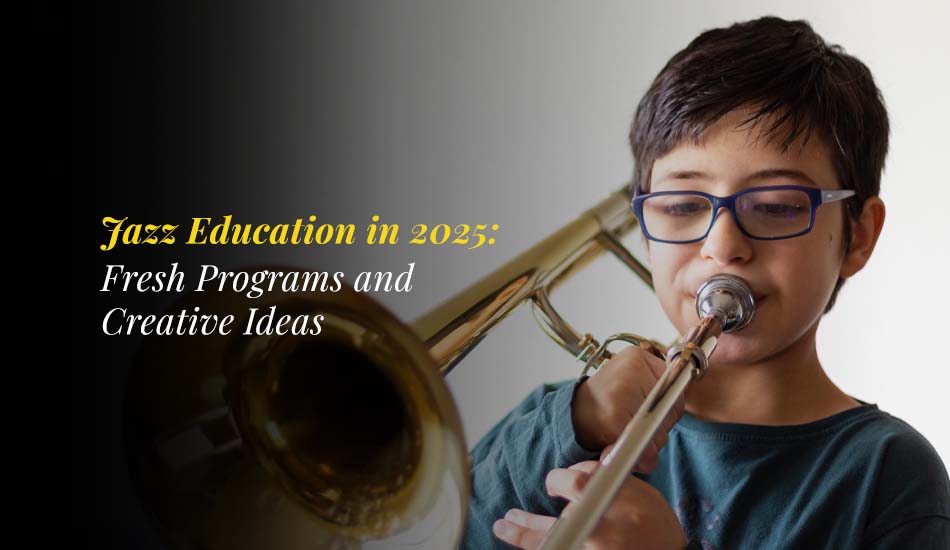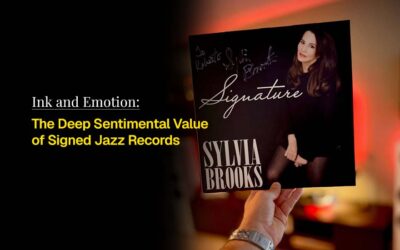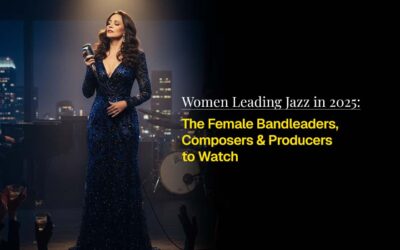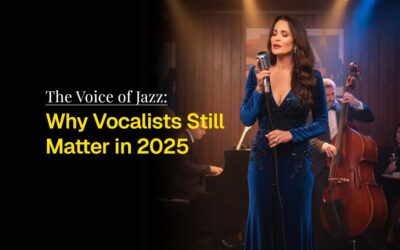For centuries, jazz has held to the principles of creativity, spontaneity and self-renewal. We enter 2025: With its dynamic energy in mind, jazz education must now also take on such qualities. Traditional methods provide the groundwork, but in today’s world, education of tomorrow’s jazz musicians is also filled with new ideas and technology integrated into teaching, individualized learning and cross-pollination of cultures.
This post will examine how jazz education is changing, what programs stand out from the pack–and for that matter how aspiring artists can profit from these new opportunities to “work on their trade trumping this album of great jazz.”
Jazz Education Today: A Time of Change
In the past, jazz education was based on conservatories and jam sessions. It wasn’t until 2025 that those conventional methods began to feel outdated. Students today could study jazz in nearly any venue, from a studio to their tutors’ studio online. The idea of ancient, out-of-touch mentors no longer appeals to jazz students of today.
Traditional jazz education may still have its place, but the focus is on individualized mentorship and international accessibility. Over the years, jazz educators have come to realize the way students consume and create music is changing and that education programs need to reflect that. Rather than concentrate solely on technique or music theory alike, today’s jazz music songs curriculum teaches emotion, improvisation, and storytelling. At their core, these values resonate with classic jazz numbers while providing room for personal innovation as well.
New Approaches to Teaching
Jazz educators, at the cutting edge of attempts to make jazz a better thing, are taking advantage of innovative approaches including Interactive Learning Platforms: Tools like Soundtrap and SmartMusic Online allow students real-time practice with the capability of evaluating their performance then-collaborating virtually on work as if you were right there beside them Masterclass Access.
Thanks to global platforms, students today can learn from famous jazz musicians without ever leaving home and are offered weekly virtual classes by professional musicians as a matter of course.
Cross-Genre Collaboration: Jazz schools now encourage students to see beyond jazz. When jazz crosses paths with hip-hop, Latin or electronic music, new creative impulses arrive at all levels and teach adaptability in pursuit of an expanding market.
AI-assisted composition and Academic English: Though in its early stage, some programs are experimenting with AI to help people achieve the goal of thinking soundly, writing well, and mastering idiomatic harmony.
Leading Programs in 2025
Some programs that stand out for pushing the boundaries of jazz education include the following:
- The Los Angeles-based Herbie Hancock Institute of Jazz Features an elite study setup that includes top mentors. At the same time, this institute insists that the true spirit of the tradition should be preserved while fostering creativity with modern methods. And that’s no contradiction in terms.
- Berklee College of Music (Boston & Online): Offers cross-disciplined courses that enable students to specialize in advanced applications of jazz while at the same time listing their credits in underworld music, internet trading, or whatever else is currently hot.
- UCLA Herb Alpert School of Music: Situated at the core of LA, this program puts students in direct touch with the city’s busy jazz scene. Many graduates have gone on to release jazz music albums that could be called the classics of LA.
Moreover, all these programs strive for a balance of technique in jazz and the capability to convey emotion through performance, which is what turns a jazz tune into pure poetry across generations.
Technology in Concert with Tradition
Today’s jazz education does not reject the past – it builds upon it. Many programs now use studio software to record and evaluate student performances. After studying such icons as Miles Davis and Billie Holiday, students themselves go into the latest laboratories to produce their expressions.
There is also virtual reality. Some colleges are willing to give students an immersive vestibular experience that lets them “sit in” with a jazz quartet, sending up immediate intelligence on timing, tone color, and response.
Major Factors That Subsume the Future of Jazz Education
Now, in the year 2025, I want to toss out some of the trends that we are seeing and pose a bit for the next ten years in jazz education:
- Diverges From the Repertory: Including students in the repertoire not only within the scope of the well-defined American songbook, they are also receiving the influence of jazz from Africa, Brazil and India, among other places.
- Beyond and Beyond: Programs are not only preparing students for how to play the game—they’re teaching courses on album production, marketing themselves and digital streaming. These will help them to establish an art for themselves wholly apart from being an artist.
- Mindfulness and Physical Fitness: Many colleges now teach qi gong, yoga and transformational breathwork as part of their training curricula to help musicians maintain both their mental and physical health.
- Community Service: By playing in local pubs and schools as well as taking part in musical outreach events, students can start to experience jazz not just through their ears but also in terms of sight, a living art form that transfixes you right there on the stage.
How Aspiring Jazz Musicians Can Utilize These Innovations
If you’re an aspirant in today’s festival of jazz music songs, try any of these 3 steps:
- Purchase Tech Tools Prudently: A good mike, interface and software such as Ableton or Logic Pro will help shape your sound-allowing you both to explore it deeply as well as refine what’s there.
- Mentors can be Found Online: Many of today’s jazz vocalists and instrumentalists offer private lessons or critiques over social media and music platforms.
- Be Curious: Though now a venerable art form, jazz is still in the process of taking shape. One should have an open ear to all types of jazz, from the greats like Coltrane and Fitzgerald right up through today’s up-and-coming voices defining what tomorrow sounds like now.
- Plan Your Future: Whether singing jazz music albums in LA or teaching the young people of tomorrow, plan how education and innovation will lead you there.
Conclusion
The vitality, adaptability and growth of jazz education in 2025 have multiple facets. While maintaining respect for tradition, it encourages new forms of expression. Through creative teaching techniques, the latest technology and a universal network, education programs today are producing artists who will not only carry forward jazz itself but also shape its future.
In this new era, whether you’re an old hand or a rookie, jazz music albums are right now a most creative topic for study. So come on, roll up your sleeves and hear what is waiting for this sound of yours to emerge in the world.




